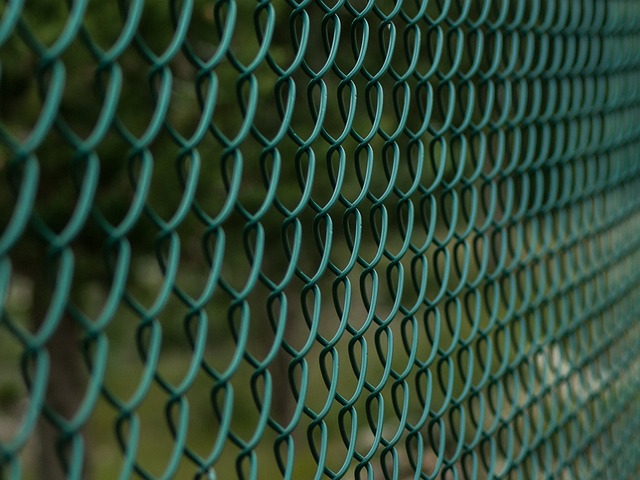In New Bedford, a well-maintained fence not only enhances outdoor spaces but also adds value to properties. However, fences often face various challenges, from weather damage and pest intrusion to wear and tear over time. Understanding common issues specific to the New Bedford area is the first step towards effective fence repair and installation. This article guides you through the process, from selecting robust fencing materials suited to local conditions to offering a detailed installation guide and essential maintenance tips to ensure your fence stands the test of time.
- Understanding Common Fence Issues in New Bedford
- Choosing the Right Fencing Materials for Your Property
- The Installation Process: Step-by-Step Guide
- Maintenance Tips to Extend Your Fence's Lifespan
Understanding Common Fence Issues in New Bedford
Fences in New Bedford, like anywhere, are subject to various issues over time due to environmental factors and regular use. One common problem is rot, especially in areas with high moisture levels or poor drainage. This can lead to weakened posts and panels, posing safety risks and compromising the fence’s structural integrity. Another frequent issue is damage from wildlife, such as deer or small animals, which can tear up fencing materials.
Weedy growth and encroaching vegetation are also prevalent challenges, particularly in older fences. Overgrown trees and shrubs can cause significant damage to fence lines and posts if not maintained regularly. Additionally, weather events like storms and strong winds can cause significant fence damage, requiring immediate repair or replacement. Understanding these common issues is the first step towards effective maintenance and timely repairs.
Choosing the Right Fencing Materials for Your Property
When it comes to fencing materials, there’s a vast array of options to suit various styles, budgets, and property needs. Wood remains a popular choice for its natural aesthetics and versatility; from classic cedar to durable pressure-treated varieties, wood fences offer a warm, inviting ambiance. For low-maintenance options, vinyl and composite materials are excellent alternatives, resistant to rot, rust, and fading, ensuring your fence looks new for years. Metal fences, often made of aluminum or steel, provide robust security and can be styled to match any design, from traditional to modern.
Consider factors like climate, local regulations, and personal preferences when selecting materials. For instance, in snowy regions, a metal or vinyl fence might be more suitable due to their resistance to ice damage. Local building codes may also dictate permitted materials, so ensure compliance to avoid future issues. Additionally, think about your property’s unique characteristics—a coastal area may favor fences resistant to salt air corrosion—and choose materials that enhance your landscape while aligning with your long-term goals and maintenance expectations.
The Installation Process: Step-by-Step Guide
The installation process for a new fence begins with meticulous planning and preparation. It’s crucial to assess your property, considering factors like layout, local regulations, and material choices. Select the fence style that aligns with your aesthetic preferences and functional needs, be it a traditional wooden picket fence or a modern metal alternative. Once decided, clear the installation area of any debris or obstructions. Mark out the perimeter of the fence, ensuring it complies with property lines and local guidelines.
Next, dig the holes for the fence posts, making sure they’re deep enough to provide stability against various weather conditions. Set the posts in place, ensuring alignment and levelness. Fill the holes with concrete, allowing it to set completely. After the concrete has cured, attach the rails and panels according to your chosen design. Secure all connections tightly with hardware like nails or screws. Trim any excess material and ensure gates open smoothly before finalizing the installation by adding the finishing touches, such as cap rails or decorative elements.
Maintenance Tips to Extend Your Fence's Lifespan
Regular cleaning and inspection are key to maintaining your fence. Remove any debris, such as leaves or branches, that may accumulate over time, as this can cause damage and reduce the lifespan of your fence. Check for loose or damaged boards, nails, or screws and replace them promptly. Using a pressure washer or soft-bristled brush with mild detergent can help keep your fence clean and free from moss or algae growth.
Additionally, applying a fresh coat of paint or sealant every few years can protect your fence from the elements. Ensure proper drainage around the fence to prevent water damage, and trim any overhanging branches that could cause strain on the fence structure. By following these simple maintenance tips, you can significantly extend the lifespan of your fence, ensuring it remains a functional and aesthetically pleasing addition to your property for years to come.
